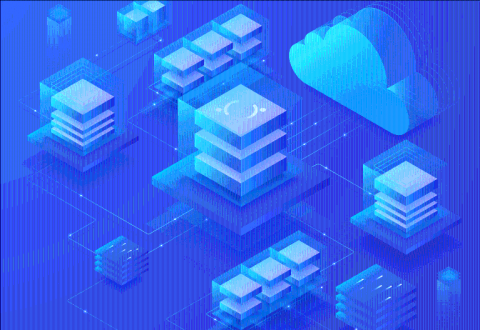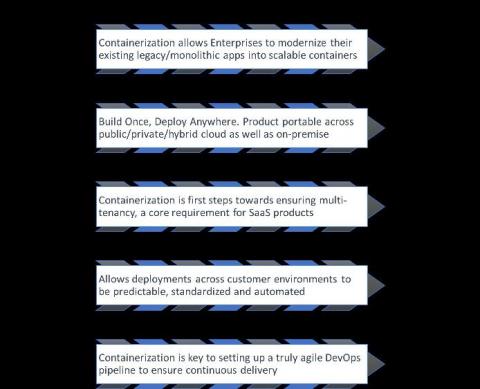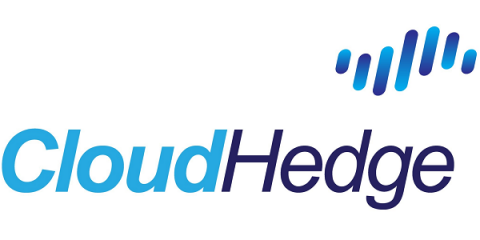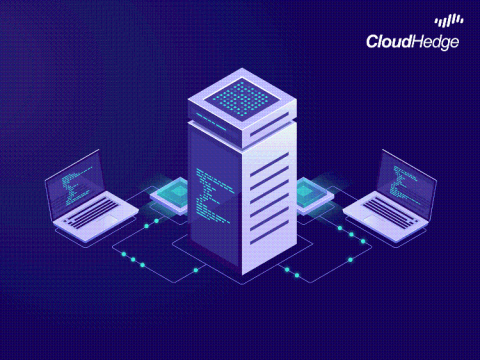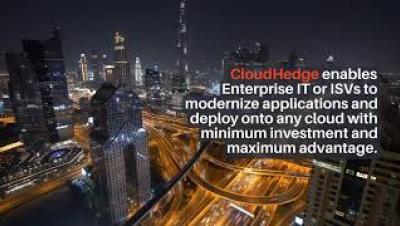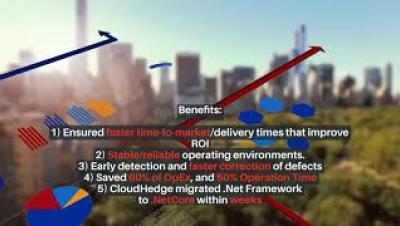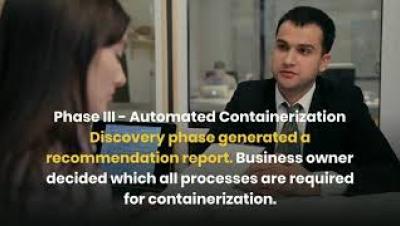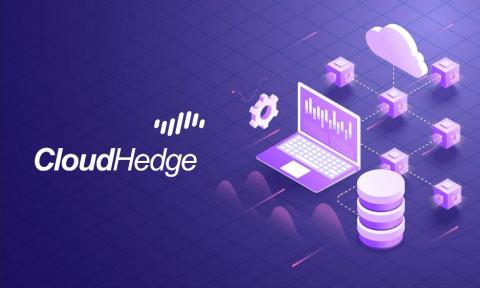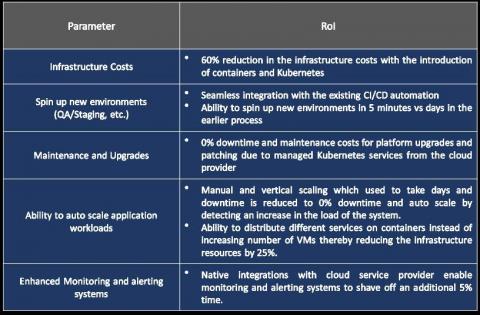Cloud Native Apps - The future of App Modernization
In the last couple of decades, businesses have transformed from monolithic to service-oriented to microservices architecture. As a matter of fact, infrastructure has moved from physical servers to virtual machines to cloud and delivery models have changed from waterfall to agile to DevOps. This paradigm shift is being hailed as App Modernization.


